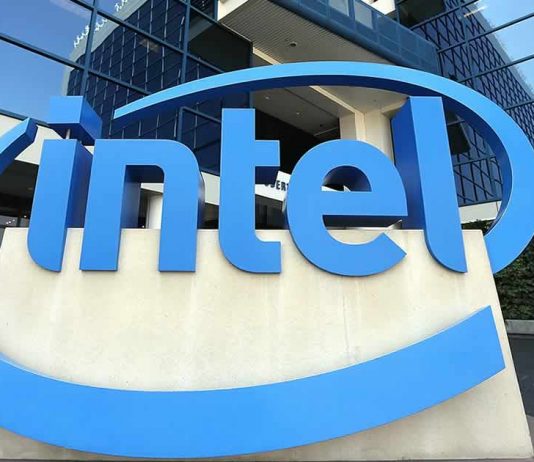When one of the largest semiconductor manufacturers in the world suffers from manufacturing problems, it affects the entire PC industry. From Intel’s point of view, the news that its own production facilities have doubled their output of 10 and 14nm chips within three years is of particular importance.
For the past five years, Intel has been stuck with the 14nm process, and the company has managed to commercialize CPUs with a 10nm monolithic core design, but in a very limited number.
“Over the last three years, we have doubled our wafer volume capacity, and that was a significant investment. Moving forward, we’re not stopping… We are continuing to invest into factory capacity to ensure we can keep up with the growing needs of our customers,” says Keyvan Esfarjani, senior vice president and general manager of Manufacturing and Operations at Intel.
Competition is always necessary, and for Intel and AMD to exist in the market for x86 processors, they must be “in top form.” Over the past few years, AMD has made tremendous strides thanks to the MCM Zen architecture, and with its latest revision, Zen 3, it has managed to beat Intel on all fronts — single-threaded performance, multi-threaded performance, and efficiency.
The Santa Clara company has responded by lowering prices, but it needs to complete its transition to the 10nm process in order to truly respond to the firm that Lisa Su runs.
Now the company has managed to double the production of 10nm — if all goes according to plan, Intel’s first 10nm high-performance architecture for the general consumer market, manufactured and marketed on a large scale, should be Alder Lake-S, expected to launch in late 2021 or early 2022.
10nm production is currently taking place near Kiryat Gat in Israel (Fab 28) as well as at Chandler in the US state of Arizona (Fab 42) and at Hillsboro in the US state of Oregon (Fab D1X). At some of these locations, 14nm is also produced, but especially at Leixlip in Ireland (Fab 24), the only European plant.


